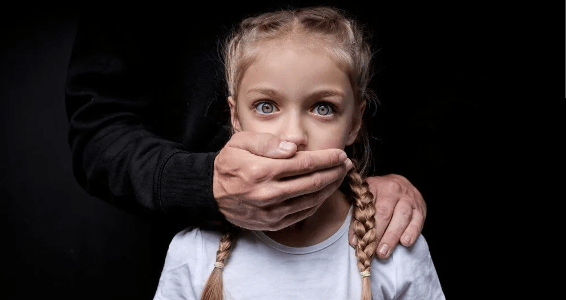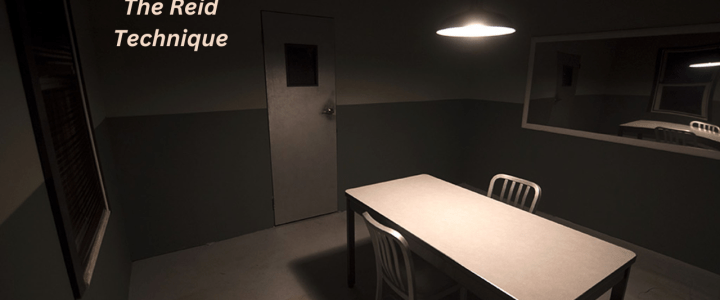KIDNAPPING / ABDUCTION
Do you know, every 40 seconds a child goes missing or is abducted in the United states? The most common age to get kidnapped / abducted is when you are 12-20 years old, or in middle school. Luckily, 99% of juvenile kidnapping cases were not found dead, but alive. There are many cases where the person who was kidnapped survived, these are some examples of those people.
JAYME CLOSS
Jayme Closs was kidnapped on October 15 2018, the same night her parents were shot and killed. The police followed thousands of tips and did everything they could to find her, but their efforts to find her failed. Until January 10 when Jayme Closs was found outside of a small town called Gordon, which was located about an hour away from her home. 21 year old Jake Thomas was sentenced to life in prison for the murder of Jayme Closs’s parents and Jayme’s kidnapping after pleading guilty.
ELIZABETH SMART
Elizabeth Smart was 14 years old when she was kidnapped by Brian David, then held captive by Brian and his wife. She was held in the woods, where she was abused and sexually assaulted for nine months. Elizabeth’s sister recognized the kidnappers voice, which led them to get a sketch of him and eventually catch the kidnapper. Brian was sentenced to life in prison while his wife was released after 15 years in September 2018.
KARA ROBINSON
Kara Robinson is a 15 year old girl who was kidnapped while she was watering her friend’s plants. Richard Evonitz came up to the house and got Kara to come closer to him by pretending to give her a flier, when she got close enough to him he held a gun to her neck and forced her to get into a container in the trunk of his car. Kara was held hostage for 18 hours, where she was repeatedly sexually assaulted. Kara waited for her captor, Richard Evonitz, to fall asleep. Then she wiggled out of her restraints and escaped through the front door where she flagged down a vehicle and got them to help her. Richard was then connected to three other murders of girls around Kara’s age, and was suspected that he would’ve killed her too. Her captor shot himself when he was cornered by the police.
KAMIYAH MOBLEY
On July 10 1998, A woman named Gloria Williams had a miscarriage. Leading her to kidnap Kamiyah Mobley, who was born only a few hours earlier. Gloria brought her back home to her husband and her other children, where she raised Kamiyah as her own. When Kamiyah was 16 she wanted to get a job, which forced Gloria to explain to her why she didn’t have a valid birth certificate and social security card. For the next year of her life they lived in hiding, until someone sent in an anonymous tip about Kamiyah. Kamiyah has a strained relationship with her biological mom, and she has made it known that she supports Gloria, who Kamiyah continued to address as “mom”.
KATIE BEERS
After Katie beers was kidnapped, on December 28 1992 two days before her tenth birthday, she terrified the nation with a phone call that was released to the public: “Aunt Linda, a man kidnapped me and has a knife, and oh no, here he comes right now,”. A family friend, John Esposito, kidnapped her and sexually abused her in a bunker located in his basement. Katie Beer’s was missing for 17 days before John led the authorities to the bunker where he kept her. He told the authorities he had made the bunker for her, but Katie Beers sees the case differently. She associated the kidnapping with “”saving her”. Before the kidnapping Katie was living with her godmother and her husband, who abused her.
These are all examples of people who survived kidnappings/Abductions and their stories. Although these people got a happy ending not every kidnapping story has a good ending. Do you know anyone who’s been kidnapped? How did their story end?




